In spite of my never-ending impatience when I make that kind of recipes, this super soft sourdough milk bread was totally worth to wait for so long before to eat it. One of the struggles I was used to have when making my own bread or brioche was mainly the final texture that was totally fine at the beginning, but then was a mess one or two days later: the crumb was getting really dry, easily crumbly, and the crust not so crunchy anymore. You got it, this bitchy bread was totally fooling me as soon as I would drop my guard.
After playing the waiting game of also making my own sourdough from scratch, I’ve now got used to make my own bread most of the time and I actually haven’t experienced this problem ever since! I don’t really know if it’s thanks to the dampness brought by the sourdough starter, or maybe by the fermentation process, but I’m definitely not going to complain as I almost haven’t bought any store bread ever since! I wanted to make my own milk bread since a good while, also thinking that I would finally get rid off my good old dry crumb issue and finally get a super soft and pillowy texture. Beyond its bland taste and often too sweet and full of bullshit composition, one of the biggest frustrations I was used to get when buying industrial milk bread was that it usually comes already sliced. Why the heck brands don’t let us cut our own super thick slices, dammit?! As stupid as it may sound, this is actually the main reason why I wanted to make my own sourdough milk bread, after spending unsuccessful hours in the quest for the holy non pre-cut milk bread. Like the one that can be cut in 5cm thick slices if we want to, or the one that is so soft and fluffy that you can use it as a pillow, a bit like she does, actually – if that can make you feel better, my deep love for bread and sourdough hasn’t reached the fetishism step, yet -.
My super soft sourdough milk bread successfully passed the crash test as well for the savoury version as for the sweet one, being the perfect guy for this egg in a hole toast, or in that grilled cheese sandwich, as well as under this creamy chocolate peanut butter layer. You can store it for a few days without its texture being changed, and in case if that would happen, a brief stay in the toaster makes its texture shine again. For the purists, I agree that you’re supposed to use cow milk to make it, but for lack of it, I just used coconut milk, which was pretty fine and didn’t change the final taste of the milk bread at all.
About the making process for the sourdough starter, it’s all about patience once again. If you follow the steps that I wrote below, you shouldn’t have too many difficulties to get a decent one. One detail I noticed: you sometimes don’t need to add as much water as flour when feeding it, so that you’ll get a more elastic texture, which is actually better than a too liquid one to make it bubble. This nasty thing also decides to stink as hell from time to time, without any reason but annoying you. If you feed it correctly, that might just disappear as fast as it started – and if not, it’s usually not perceptible once in the bread dough -. In spite it, I still keep adding one or two pinches of instant yeast in my preparation to strengthen the dough during the rest.
Discover my other bread & dough recipes
Ingredients
- 300g organic spelt flour
- 300g lukewarm water
- 1/2tbsp honey
- 460g spelt flour
- 150g sourdough starter
- 230ml lukewarm milk (I used coconut milk)
- 80ml lukewarm water
- 60g butter
- 1tbsp honey
- 1tsp salt
- One pinch of yeast (optional - to strengthen your sourdough if it's still young and needs a push)
Instructions
- 1.Prepare the sourdough starter:Day 1 = pour 100g flour, 100g lukewarm water and honey in a pot. Stir well, cover without completely screwing the lid and let rest near a heater or at room temperature. Day 2 = add 50g flour and 50g lukewarm water, stir and cover again. Day 3, 4, 5: repeat the process everyday, around the same hour if possible. To check if your sourdough starter is ready, take a teaspoon of it and pour it in a glass of water. If it floats, then the starter is ready to be used.
- 2. Prepare the sourdough milk bread: in a big salad bowl, stir together the dry ingredients. Add sourdough starter, then liquids, soft butter cut in pieces and honey. Knead well until you get a homogeneous ball of dough. Put in a salad bowl, cover and let rest for a few hours until double in size - I usually let it rest overnight.
- *3.*Preheat oven to 50C. When the dough doubled in size, punch it to release the air and knead again for a few minutes on a floured surface. Shape 3 equal balls of dough, then arrange them side by side in a greased and floured cake mould.
- 4. Brush the milk bread with milk - coconut milk again for me - . Cover the mould with a dish towel, then put in oven and let rest for one hour at 50C.
- 5. When the milk bread doubled in size, take off from oven and turn the temperature to 175C. Brush again with some milk if needed, then put in hot oven for 30 minutes. If your oven burns everything as mine, I recommend you to cover your mould with an aluminium sheet for the 10 last minutes of baking, so that the milk bread can be well baked inside without burning on top.
- 6. Take from oven and let cool aside before to remove from the pan. You can store the milk bread for a few days in an airtight container.

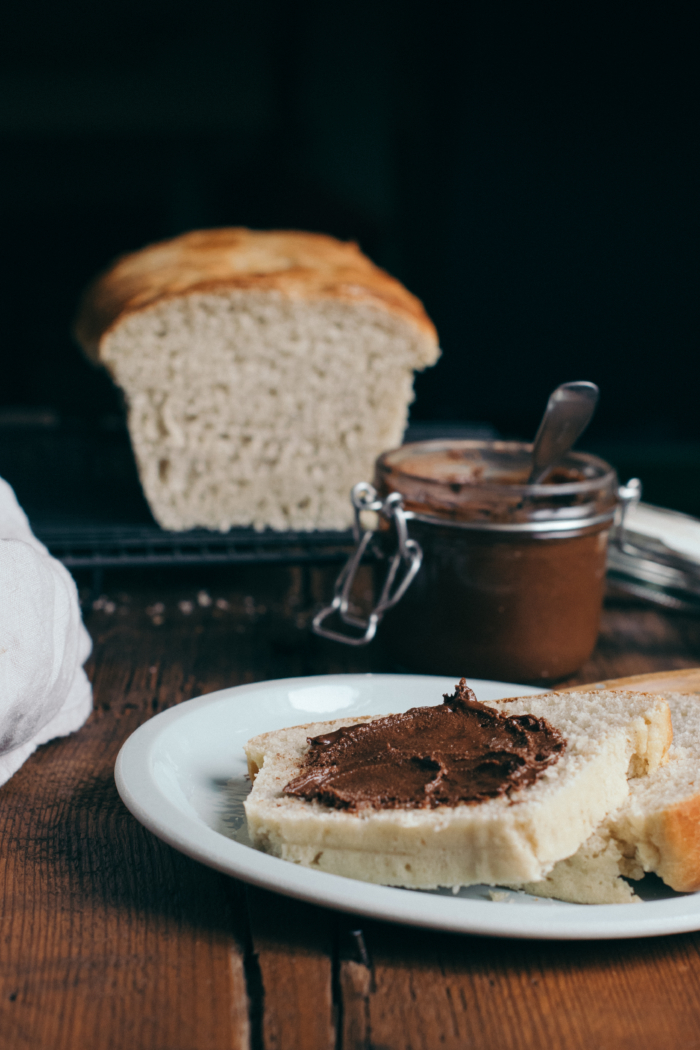
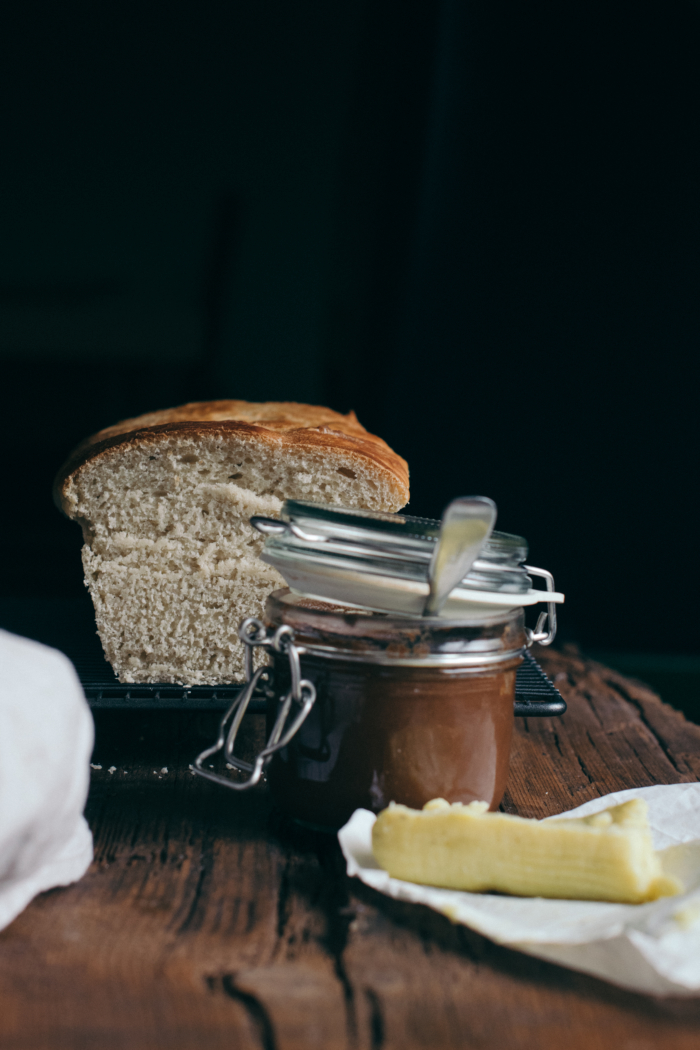
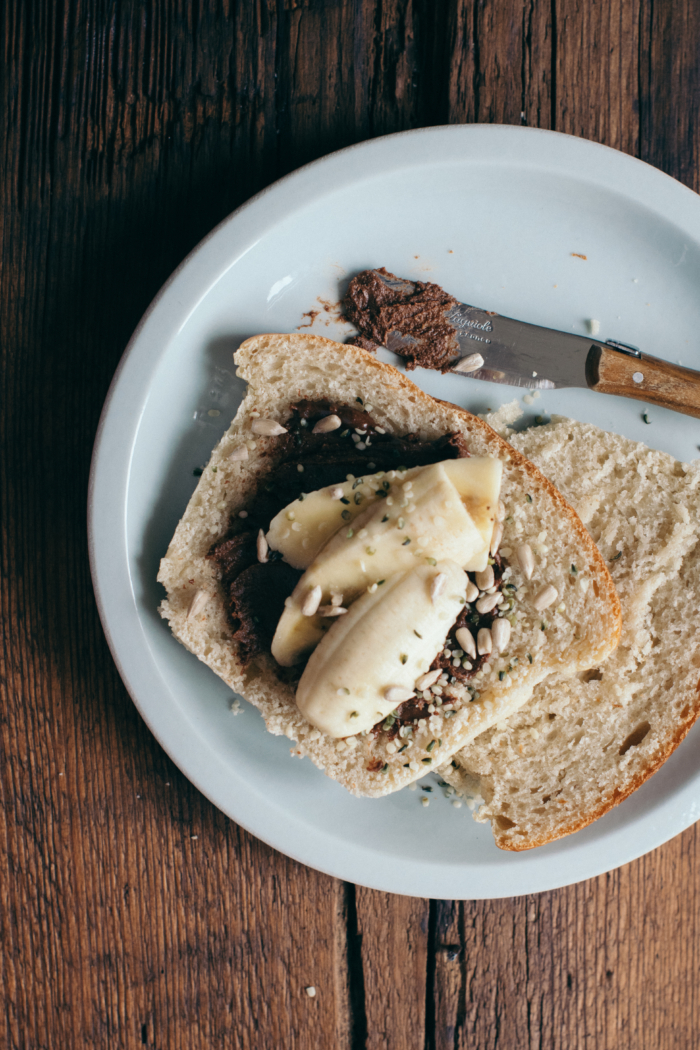
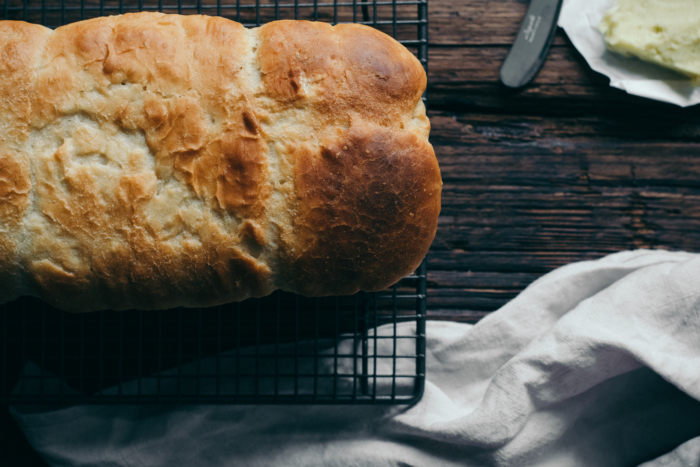
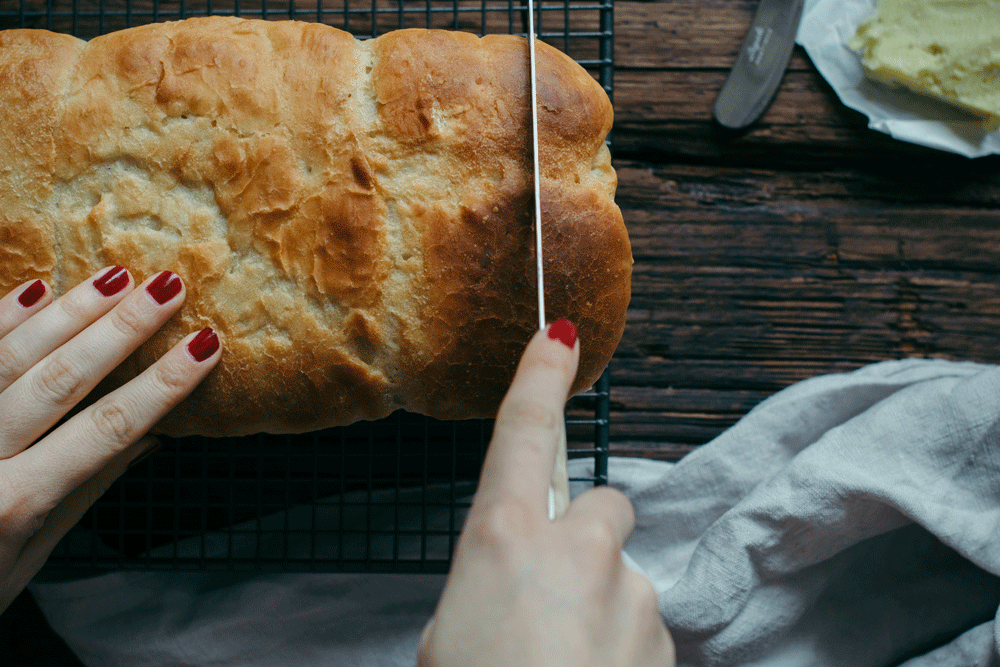
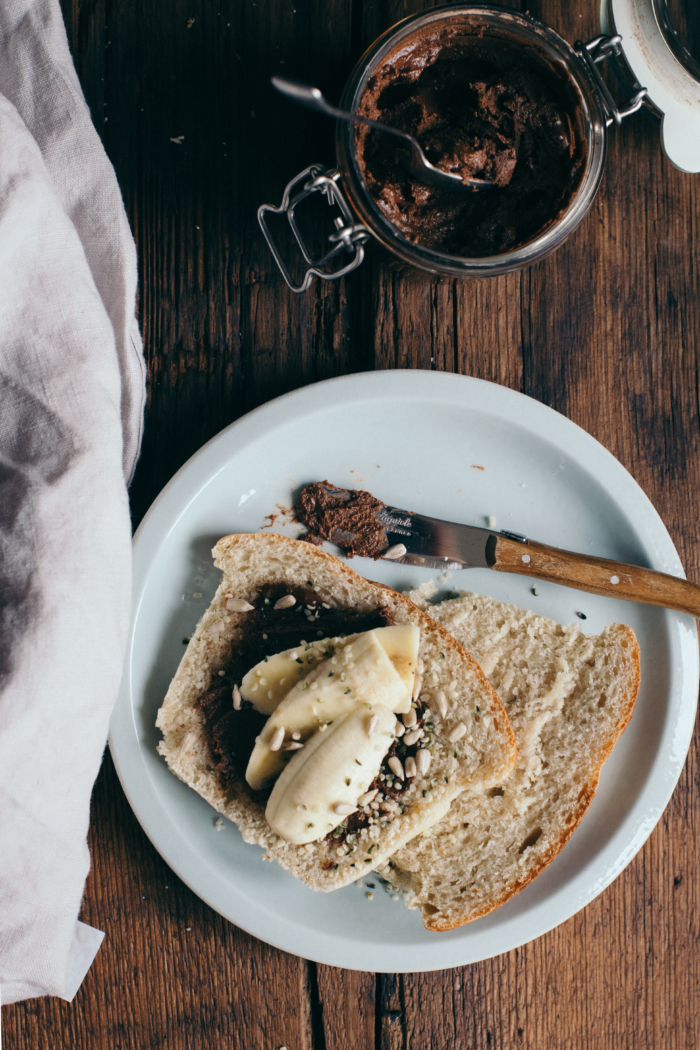
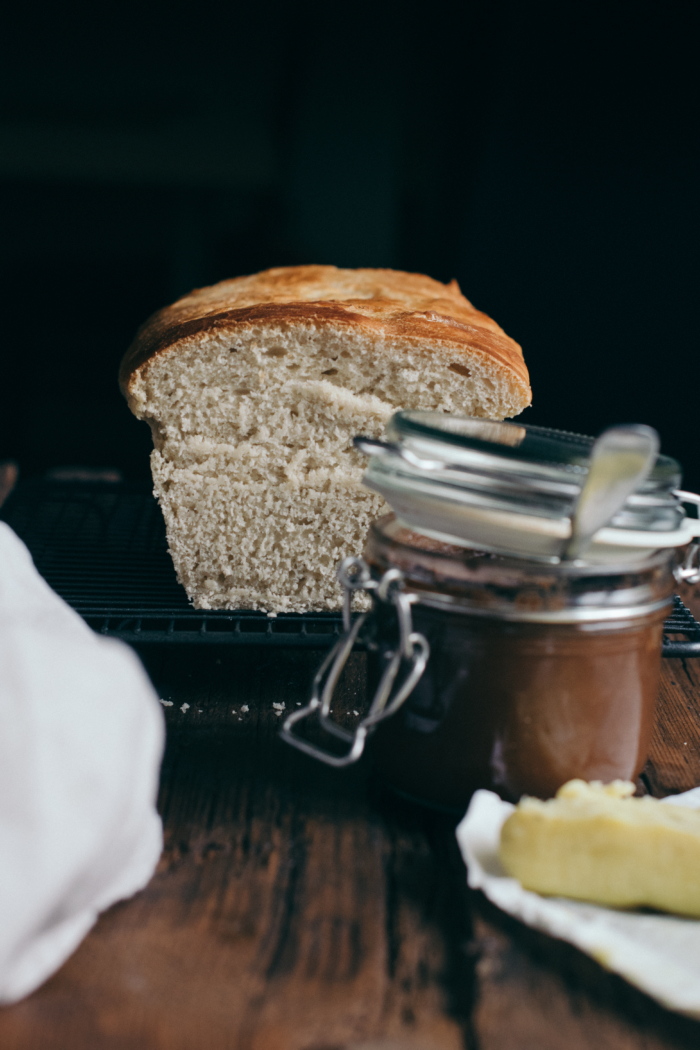
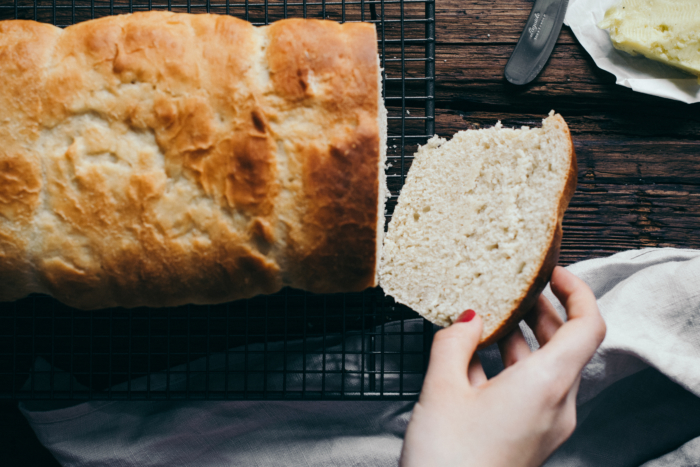
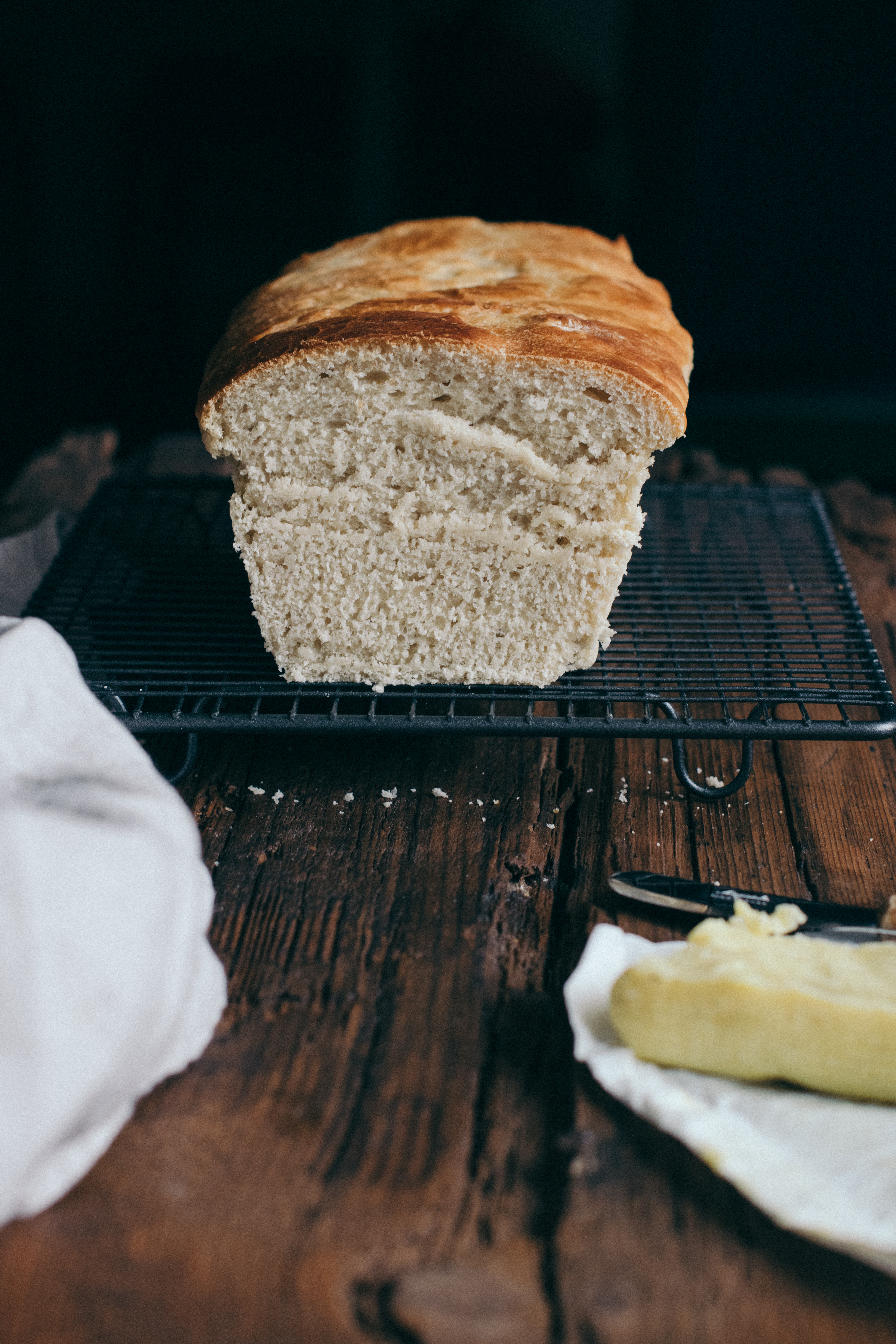
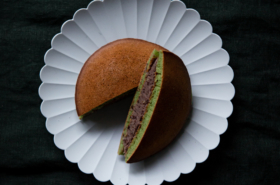
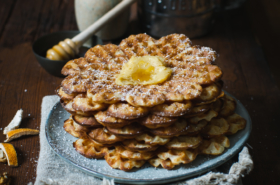
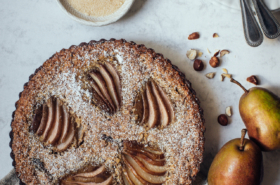
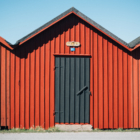
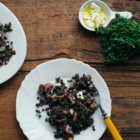
Kim
This is commercial yeast bread, with some sourdough culture. How I tire of recipes for “sourdough” bread that are commercial yeast breads. Yes, if you sprinkle in some commercial yeast it IS commercial yeast bread. Regardless of what you, and King Arthur Flour, want to believe, that is the reality. Please stop.
Solène Roussel
Dear Kim, I should have probably specified that it’s only in case if the sourdough is still young and a bit weak. However, if you don’t agree with the recipe, I’d recommend you to move on and go check “real” sourdough recipes that fit better with your expectations ;)
Rebecca
Thank you for the recipe! I only used my year old sourdough starter (no added yeast) and my loaves turned out great.
Nora
Great recipe, thanks! Do you think the butter is absolutely necessary or it could be also omitted without ruining the result? Thanks!
Solène Roussel
Thanks! I would definitely not remove the fat source, the dough might turn dry/more bread-like otherwise. But I’m pretty sure you can try with the same amount of coconut oil/butter instead!
Lynda
The spelt flour used is whole grain or white spelt flour? Thanks.
Solène Roussel
Hi Lynda, it’s white spelt flour. Usually I go for the 630 type!
Joanne
Hi! I have a mature starter I’d like to use to try this recipe. Should I use 600g of active starter with 2.5 tbls of honey for the starter portion of this recipe? Thank you!
Solène Roussel
Hi Joanne, the starter proportions are the ones I’ve always used for mine, but the recipe only requires 150g of it. So you should still have some starter left after the recipe that you can refeed :)
Pia Vogel
I’ve just made the recipe as my husband wants soft and fluffy bread as a change frommy usual sourdough. It’s a very soft dough – didn’t form a ball. Do i keep adding flour or is this how it should be?
Solène Roussel
If you can’t form a ball at all, I’d recommend to add more flour until you can at least shape it!
Helen
Hi! If I choose to chill it first to keep it for later baking, when is the best time to do it, after first proofing or before? Thanks.
Solène Roussel
Hi Helen, I’ve never tried to chill it for this recipe, but I’d probably let it rest first at room temp for 30min or so, then cover and put it in the fridge. Just leave it there for longer than you’d do at room temp, like 12h!
Carolyn
Is the temperature for a fan oven?
Monika Dey
Is this going to be sour ? As i have got all bread sour using sourdough starter. Thanks